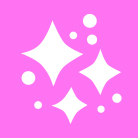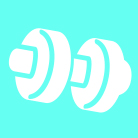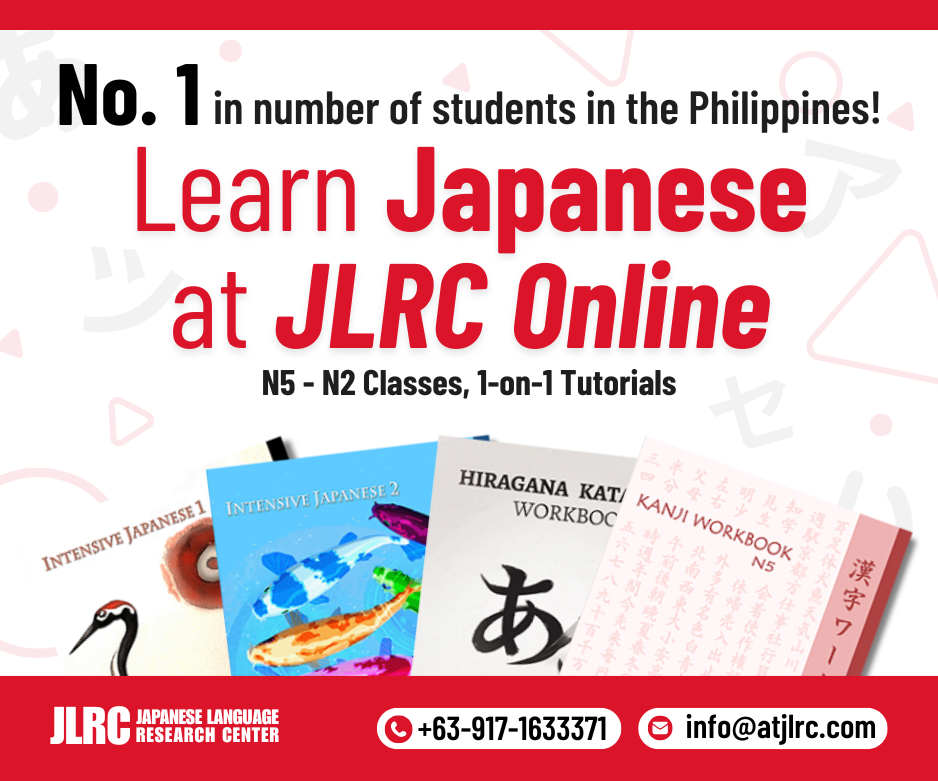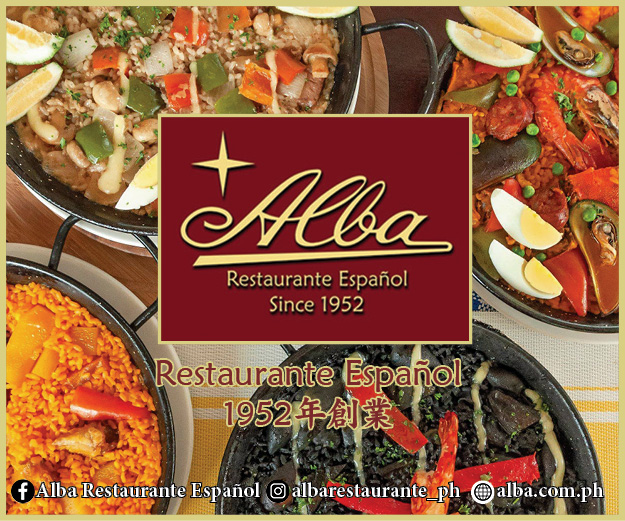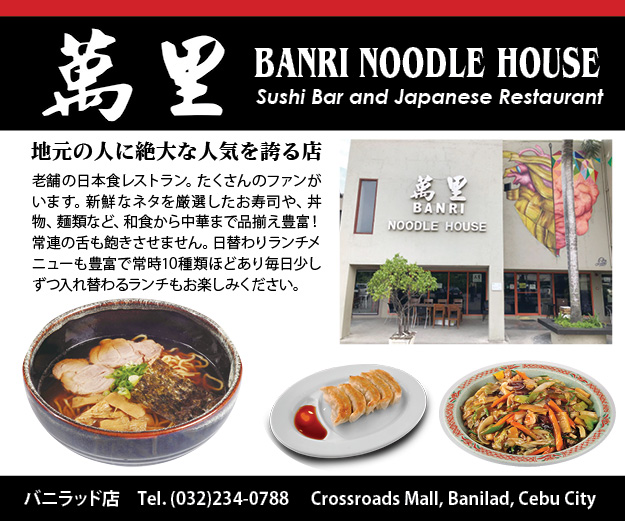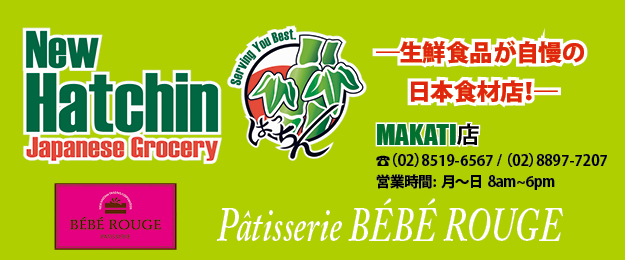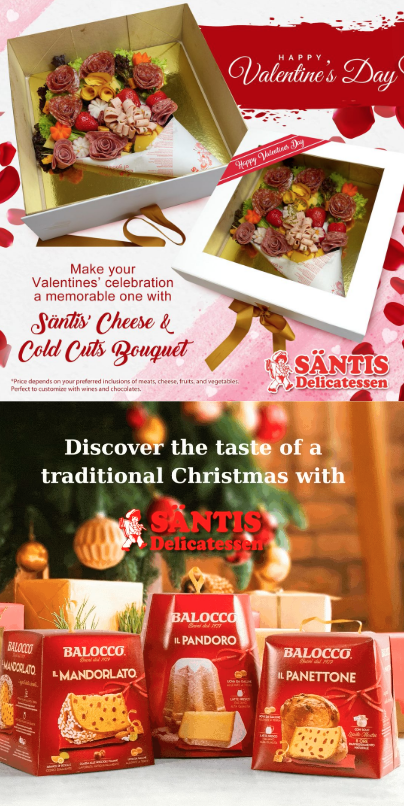バンカに揺られて島へ
リゾートから島に渡るため、ナスグブの海岸で客を待つバンカ(bangka)というボートに乗り込む。砂浜からの直接乗船のため、乗り込む際に膝まで濡れる。ナビマニチャンネルMCのまーちゃんと臨時ADのM氏という2人のフォーチュンアイランド経験者を擁する取材班は、抜かりなく最初から濡れても良い服装だ。カメラの入ったバックパックなども大型のポリ袋に包んでおく。
バンカはフィリピン伝統の舟。左右に備えた転覆防止用のアウトリガー(舷外浮材/げんがいふざい)が、まるで腕のように船体を支える。
最古のバンカは紀元後4世紀前半の地層から発掘されたというから、1700年ほどの歴史がある。今ではモーターを備え近代化されているが、アウトリガーは今も竹製だ。
ナスグブ海岸の砂は黒く、海も青黒色。水が黒いのは黒潮と同じで、透明度の高い海水ほど光を吸収するからだろう。
石油のように黒い肌に白い反射光を揺らめかせる海を、小型バンカが快走する。前方のフォーチュンアイランドの影がはっきりするにつれ、後方の陸は白くかすむ。気がつけば360度水平線に取り囲まれる。岸を離れるほど波は高くなり、うねる波の山にアウトリガーが衝突するたびしぶきが顔にかかる。
事前リサーチでは25分だったはずの乗船時間は50分。乗船中は機関銃のようなモーター音があらゆる音を無慈悲にかき消す。数分もすれば全員話をするのも無駄と悟り、黙り込む。
黙って海の景色を眺めていると、フィリピンに渡った古代マレー人たちはこうしてバンカに乗り、水しぶきを浴びながら7641の島々に移り住んだのだろうか……などと想像がふくらむ。
白昼夢に浸っていると、気づけば海色がエメラルドグリーンに変わっていた。目を上げれば白い砂浜と緑の稜線に縁取られた孤島が目の前に迫っている。
◀TIP
リゾートバンカは揺れるので船酔いする方は酔止めの薬を!
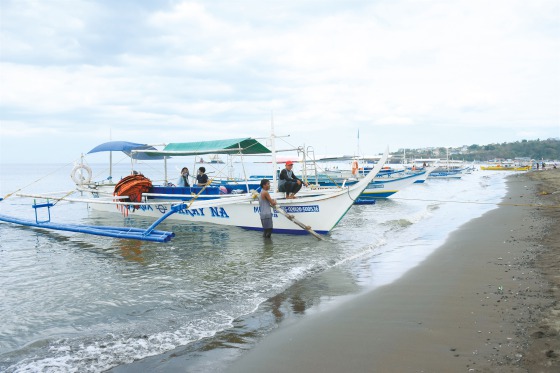
左右に青く塗装されたアウトリガ―を持つバンカ。
ついに上陸。絵葉書のような世界
係船綱が砂浜に打ち込まれ、頼りない板製のはしごがかけられる。船員2人にエスコートされながらはしごを降りるが、なお胸の位置まで水につかる。波が引くときの吸い込みでビーチサンダルが持っていかれそうだ。
サンダルの緒に足首まで突っ込みなんとか上陸する。カメラ等の荷物は自分では下ろしようがないが、熟練の船員たちが濡らさぬよう頭上に掲げて持ち、陸(おか)に荷揚げしてくれる。
上陸時刻は正午すぎ。乗船中曇天だった空が、島にたどり着くと折よく晴れてきた。「まさにフォーチュン(幸運)アイランドか…」と感嘆する一行。
晴天に照らされたアイボリーホワイトの砂浜が眼前に広がる。それは白化し打ち上げられた珊瑚(さんご)と、それが砕けできた砂によって作られている。砂浜の上の方では白砂に根を張った海浜植物が群生し、更に視線を上に上げると、緑の灌木(かんぼく)、そして高木が現れ、小さい島に、箱庭のような植物の垂直分布が広がる。
島に向かって左方を見ると島の先端に切り立った崖。その上に規則正しく並んだパルテノン神殿のような柱のシルエット遠目にも確認できる。海を振り向けば翠玉(すいぎょく)の海が濃淡のまだら模様を作っている。どこを切り取っても絵になる絵葉書のような世界が眼前に広がっている。
◀TIP
サンダルはしっかり足に固定するタイプを持っていこう。
|
バンカとバランガイ
フィリピンの人口の大半を占めるマレー系の人々は、紀元前2000年から13世紀に かけフィリピンに移り住んだという。彼らの乗った船はバランガイ(balangay)と呼 ばれ、バンカもバランガイの一種だった。バランガイに乗ったマレー人たちは上陸し て定住地を定め、自分たちの共同体を作った。それが現在、最小行政区を指す「バラ ンガイ」(barangay)の語源となっている。 |
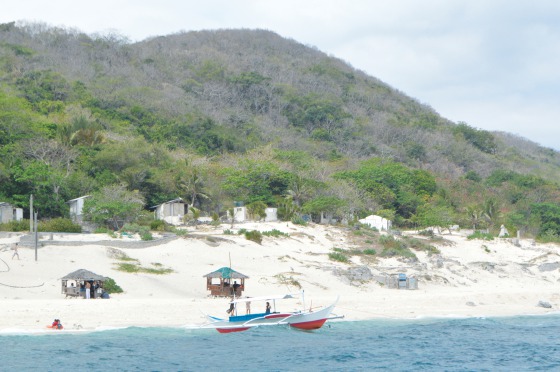
フォーチュンアイランドの美しい景色をぜひ動画でお楽しみください!
On the Bangka to the Island
The boats, called bangkas, await passengers on the resort’s beach. Since the boats are boarded from the beach, passengers get wet up to the knees when boarding. So, you need to put on swimsuits before boarding, and also, wrap your luggage in a large plastic bag to make it waterproof.
A bangka is a traditional Filipino boat with double-outriggers, which support the hull as if they were arms.
The oldest bangka was excavated from a stratum of the early-4th century A.D., so it has a history of about 1700 years. Today, they are modernized, equipped with a motor, but the outriggers are still made of bamboo.
We were on the boat for 50 minutes. The sound of the motor drowned out any sound, so all of us naturally fell silent. The time spent just looking at the scenery from the boat gave me time to indulge my imagination. I wondered if this was how the Malays who came to the Philippines in ancient times moved to the 7641 islands, riding their bangkas with splashes on their faces.
The Malays, who now constitute the majority of the Philippines’ population, settled in the Philippines between 2000 B.C. and the 13th century A.D. The boats they boarded were called balangays, and a bangka was a type of balangay.
Malays on board a balangay landed, settled down, and established their own community. This is the origin of the word “barangay,” which now refers to the smallest administrative district.
While I was lost in a daydream, the color of the sea changed to emerald green. Looking up, I saw an island bordered by white sandy beach and green ridges.
Magnificent View Awaits Visitors
The anchor rope was driven into the beach and an unreliable plank ladder was set. Two seamen escorted us down the ladder. When getting off, I was immersed in seawater up to the chest. Receding waves would take My flip-flops away.
I managed to get ashore. As we had no way to carry our cameras and other luggage by ourselves, the seamen lifted them above their heads to keep them dry and unloaded them onto land for us.
It was 12:10 pm. The sky, which had been overcast during the boat ride, cleared up just as we reached the island. We marveled, “This is truly an island of fortune…”
The ivory-white sandy beach, illuminated by the clear sky, spread out before our eyes. It is made of pieces dead coral. In the upper part of the sands, beach plants had grown in clusters, rooted in the white sand. As I looked up, green shrubs and tall trees appeared, creating a vertical distribution of plants like a box garden.


